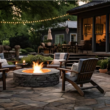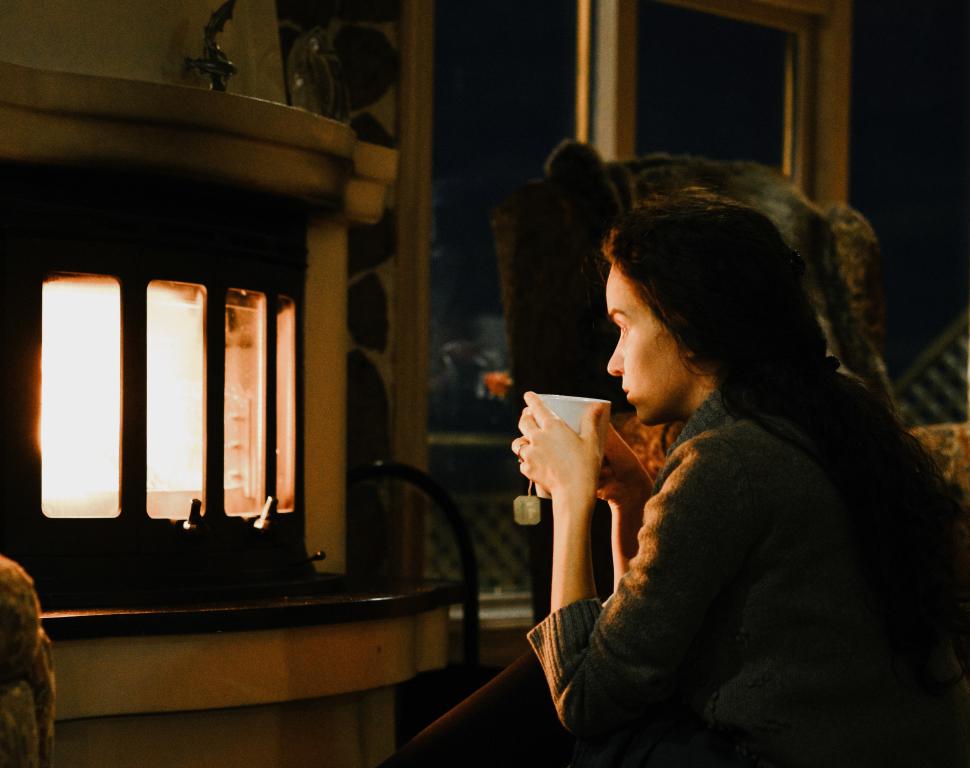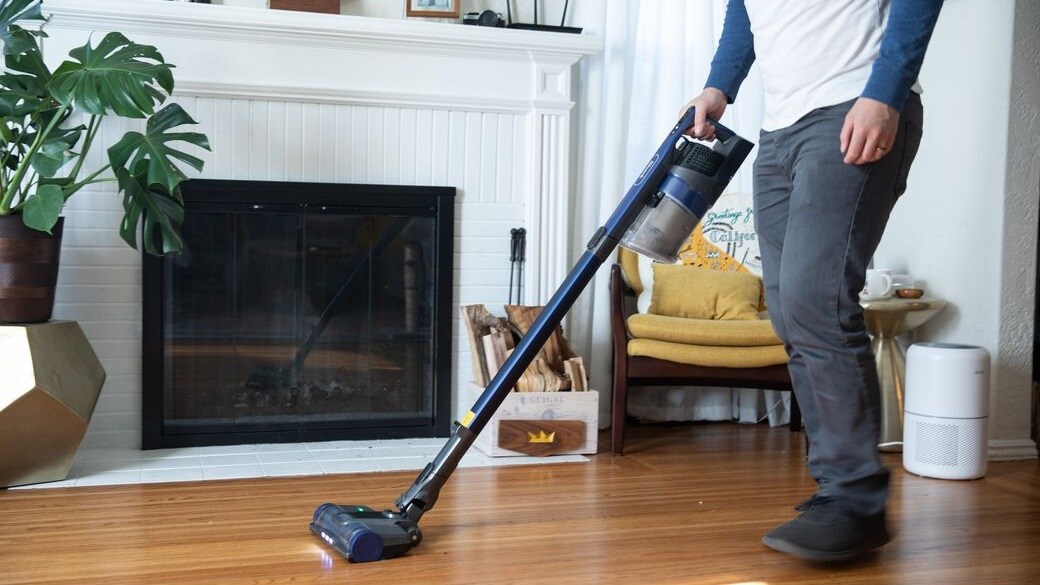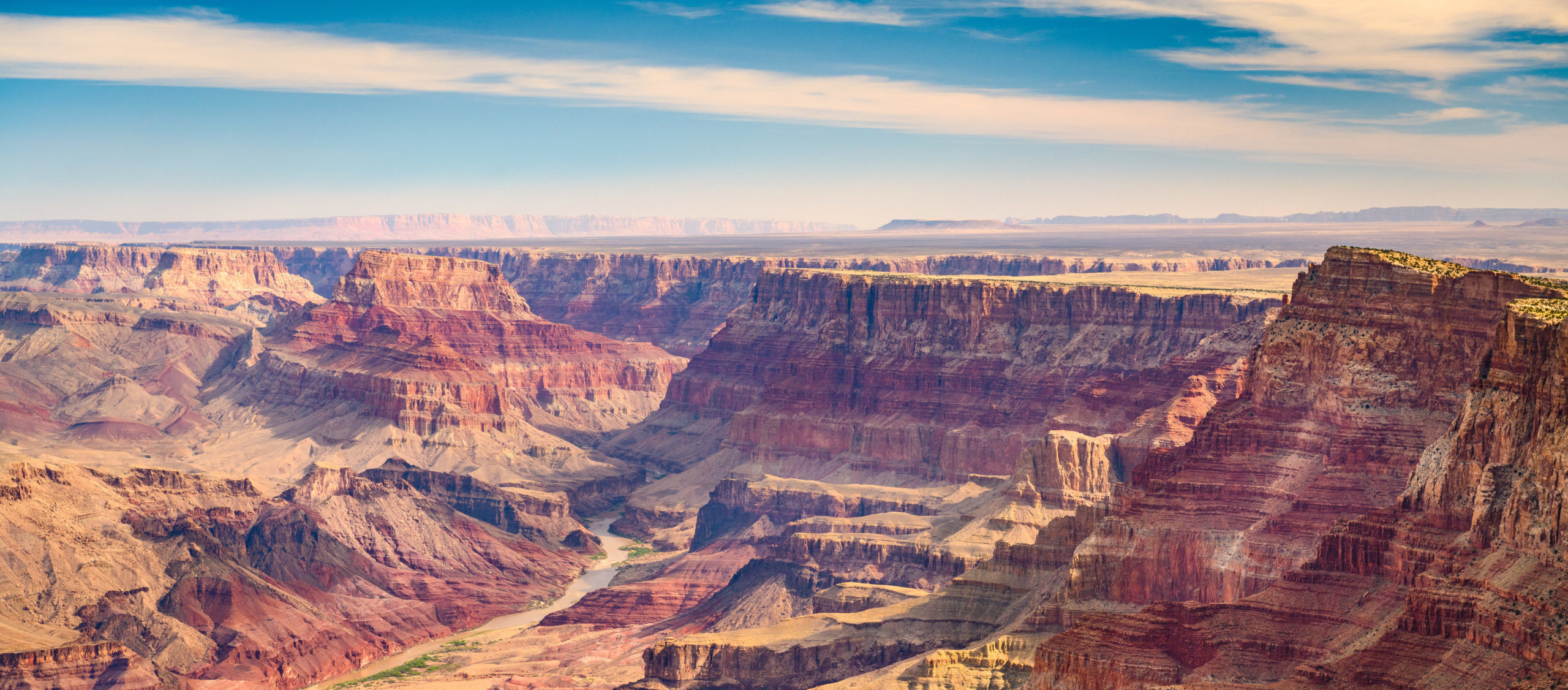Mountain hut, outside the snow falls copiously and the wood stove in the corner of the small living room gives off an enveloping warmth. The charm of the crackling fire and the intoxicating scent of wood that is released, transform the house into a small warm refuge and comforting.
An idyllic picture, but the stove is much, much more and should definitely not be missing if we are to be truly prepared for any eventuality.
Heat, Cook, Dry = Indispensable!
The various types of stoves
There are many types of stoves on the market today, each with its own advantages and disadvantages. They are mainly used in country or mountain houses, often as embellishment, other times to make up for insufficient central heating.
Prices and yield of the stove vary a lot depending on the size, thermal efficiency and yes, even aesthetics.
The stoves used exclusively for heating are small in size usually with captivating coatings such as ceramic, majolica or stone. Guaranteed for energy savings and greater efficiency, they are also certified for the environment and safe. A new model on the market can be found from a minimum of € 300 to a maximum of almost € 2,000. Not really cheap, but it is an investment that brings many benefits for long-term energy savings.
Leaving aside the gas and electric stoves, efficient yes, but unusable during an emergency, the stoves can be powered:
A PELLET: pressed sawdust cylinders
Advantages : very good yield – they do not dirty – available at supermarkets, authorized distributors, do-it-yourself shops – easy storage – usually sold in easy-to-transport bags. They are programmable and require no special maintenance other than daily cleaning or a little more.
Disadvantages: a pellet stove cannot be converted into a wood stove and this could be a problem if the pellets cannot be readily available, especially in an emergency period. They are tools that integrate electronics, therefore in case of failure during a SHTF event, they are difficult to repair.
COAL : fossil fuel
Advantages: stoves at lower prices.
Disadvantages: too many. Coal is harmful to both the environment and human inhalation. In a closed environment it can be highly toxic – not always easy to find.
There are also stoves that use both coal and wood, but frequent cleaning of the discharge channel must be envisaged.
WOOD : seasoned wood from trunk trees
Advantages: releases clean energy – less dangerous for the fumes inside the houses – easy to find fuel even in emergency situations.
Disadvantages : removed the effort of “making wood” (if not purchased ready), compared to other types with different fuels the disadvantages are very few. You just need to be very careful when installing.
In this article we will deal in more detail with the latter type.
Installing a wood stove
A. Where to install it
First of all, let’s evaluate the size of the stove according to the cubic meters to be heated. The ideal position would be in the center of the room, like the old fireplaces of the past, but a good stove can heat very well even near a wall and is definitely less cumbersome as a position, especially if we find ourselves living in a restricted environment out of necessity. and space becomes essential.
B. Security
The floor on which the stove rests must be strictly fireproof , so it is better to use stone, ceramic, brick or concrete. Absolutely no parquet and carpet.
The back wall must also be fireproof. The heat released is considerable and some splashes of ember could escape when loading the wood.
It is also better to evaluate the weight . Cast iron wood stoves are usually beautiful, big and heavy. It is a good idea to make sure that the joists underneath the floor can hold up.
The exhaust fumes inside the house can be lethal, so you must be extremely careful when installing the exhaust flue. Depending on the type of stove, pipes must be installed, preferably in cast iron, of the diameter necessary for a good draft. Hardly ever the smoke channel is included with purchase of the stove, then seek advice from your dealer or by a good installer is critical (The rule of thumb on the chimney sizing of wood stoves forces not to use pipes with a diameter less than 12cm ). We say this unless you are an expert, but truly an expert! In fact, the health of the whole family is at stake. In any case it would be very useful to have a smoke detector available, as suggested in our article Blackout: 10 useful tips to survive without electricity .
It is a good idea to always open the draft valve before inserting wood in the door, a little smoke will always come out, but definitely less and less dangerous.
In the room, however, there should always be a small opening that overlooks the outside protected by a grate to ensure a minimum of air exchange . It can be installed by an expert, but even here the do-it-yourself with the necessary precautions is possible, taking care to protect the hole from the outside with a grate to avoid the passage of unwanted guests.
A good prepper begins to prepare in a “normal” situation and it is therefore advisable to inquire about the permits for the discharge of fumes, the certification of the stove and the supply of wood. It is also necessary to take a look at the condominium regulations and the prescriptions of the regions and municipalities for the installation of the flue. In most cases, the fumes must be discharged above the roof and the chimney must have a height that exceeds the roofs of the adjacent houses. However, there are cases where permission has been granted to install the drainage channel along the wall of the building, thus saving time and money!
How to power our stove
Ok we are cold and we can burn all the wood available, but if we want to do things right as a good prepper it is better to stock up on efficient and non-dangerous wood.
Which one to choose? Beech , maple , birch and other types of trees that can be found in the surroundings of our territories are preferable .
The wood of the Hornbeam is exceptional, a Betulacea that grows quietly in our countryside up to 1000 meters high. It has a very compact and heavy wood so its yield is very high.
Best to avoid if possible:
- Poplar: it burns too quickly and therefore has a low yield;
- Cherry: gives off little heat;
- Walnut: has a medium-low power of heat;
In any case, the wood should always be well seasoned. From 18 to 24 months of seasoning they guarantee a reduction in the internal humidity of the wood from 75% to 15%.
If possible, avoid throwing paper, cardboard and treated wood into the fire. In addition to not having a good yield, it will dirty the stove and the smoke duct a lot and can release chemical residues that are not at all healthy. In general, it is also advisable to avoid woods rich in resin as they excessively dirty the flue, vitrifying it.









